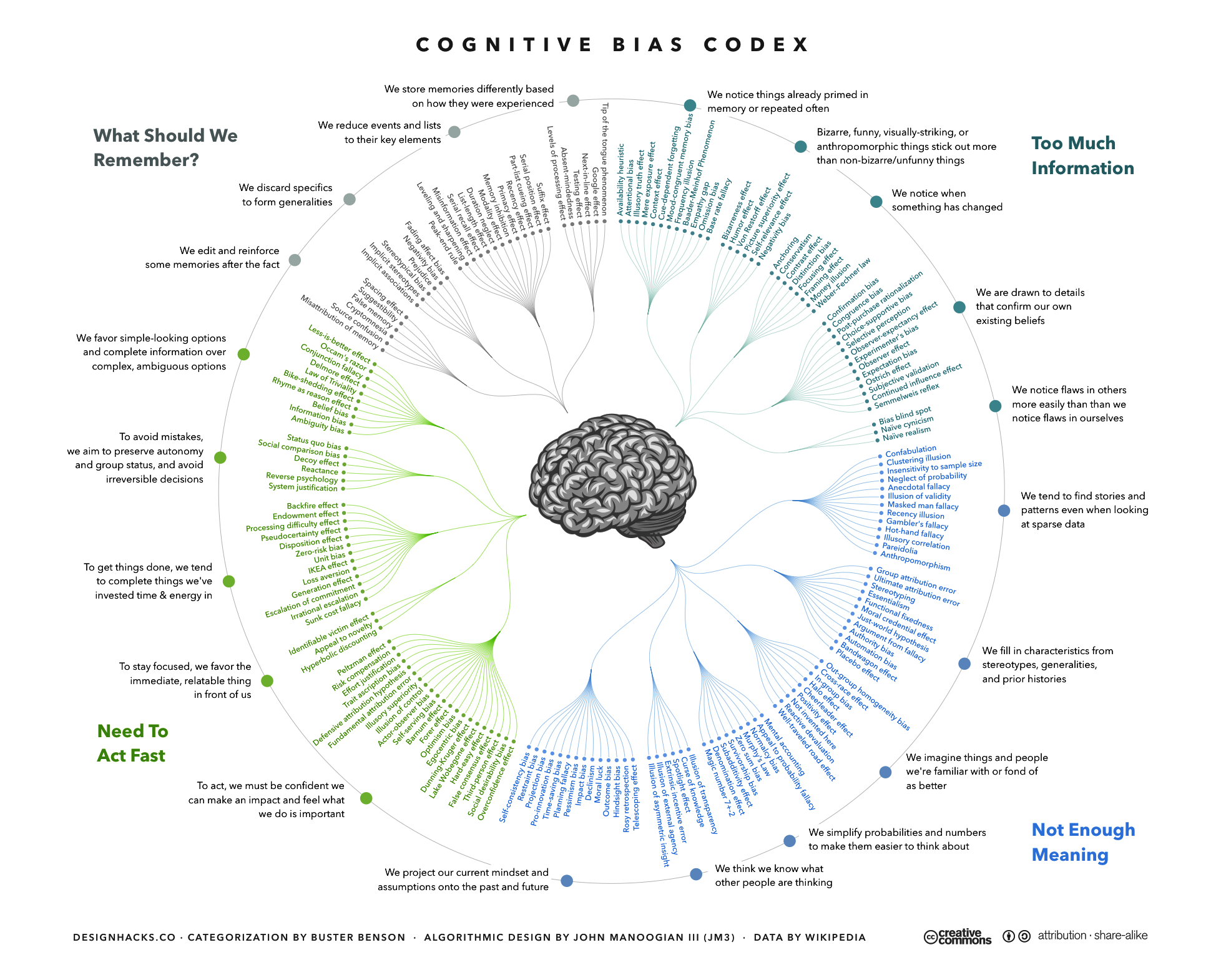 Artificial Intelligence
Artificial Intelligence
Definition (in the simplest terms)
Artificial Intelligence (AI) refers to systems or machines that mimic human intelligence.
Artificial Intelligence has been constantly redefined.
Things that were considered as AI 50 years ago are not considered as AI anymore.
Misleading words
➤ Learning, understanding, and intelligence.
"When we say that a computer vision system understands images because it is able to segment an image into distinct objects such as other cars, pedestrians, buildings, the road, and so on, the word "understand" easily suggests that the system also understands that even if a person is wearing a t-shirt that has a photo of a road printed on it, it is not okay to drive on that road (and over the person). This is not true."
Source: Elements of AI
AI works on intelligence as a set of cognitive behaviors, not consciousness!
General vs narrow AI
- Narrow AI refers to AI that handles one task (predict rain, classify images)
- General AI, or Artificial General Intelligence (AGI) refers to a machine that would handle any intellectual task.
➤ All the AI methods we use today fall under narrow AI, with General AI being in the realm of science fiction.
Being able to solve one problem tells us nothing about the ability to solve another, different problem.
In other words, no - your favorite Snapshat bunny filter is not going to take control over nuclear weapons tomorrow.
Machine learning / Deep learning
- "Machine learning is the science of getting computers to act without being explicitly programmed."
- Deep learning is a subfield of Machine learning. The depth refers to the complexity of a mathematical model, and to the increased computing power of modern computers that has allowed researchers to increase this complexity to reach levels that appear not only quantitatively but also qualitatively different from before.
- a wide amount of available data
- the increasing computing power provided by GPUs
The actual revolution around AI has been made possible by multiple factors:
Supervised vs Unsupervised learning
- In supervised learning, we are given a data set and already know what our correct output should look like, having the idea that there is a relationship between the input and the output. Ex.: Housing price prediction, rain prediction, Image classification...
- Unsupervised learning allows us to approach problems with little or no idea what our results should look like. Ex.: Google news – search the web for articles and classify them into clusters (i.e. topics)
Applications
- Image classification
- Face recognition (automatic tagging, passport control)
- Object recognition (cars, roads, pedestrians)
- Generate or alter visual content (photo and video filters, human gesture replication)
- Content recommendation (music, video)
Most probably, a product will be made of many AI layers: Self-driving cars
- Search and planning to find route from A to B
- Computer vision to identify obstacles
- Decision making under uncertainty
AI is the new Electricity
"Electricity had once transformed countless industries: transportation, manufacturing, healthcare, communications and more.
AI will now bring about an equally big transformation."
Source: Pr. Andrew NG
AI Companies
The classification into AI is not a clear yes-no answer: there are methods that involve a pinch of AI.
Same applies to companies and products. There is no need to turn into 100% AI to start with AI. A good start it to identify where AI could bring added value.
On the other hand, same as a company with internet is not an internet company, including a bit of AI does not turn a company into an AI company.
Human Bias
When trained on datatsets containing human bias, the algorithm will 'learn' to repeat the bias. There are numerous examples of unfortunate AI systems: a face recognition algorithm with good or poor performances given different ethnic groups, an HR tool that filtered out female profiles, or bubble filters in recommendation systems. The real life dataset may be unbalanced, creating a bias in the ability of the system to naturaly behave in a neutral way.

Source: Wikimedia / John MANOOGIAN III
Ethics & Regulation
Ethical considerations are more and more important as AI application domains grows. While using image classification to detect defect parts in a plant may not have much consequences in term of ethic, using a face recognition system to track people in non democratic countries has.
There are also data privacy considerations. As AI always needs more and more data, there are a lot of ethical aspect to take into consideration:
- How did you get those datasets,
- What information do you store,
- How do you store them,
- For what purpose,
- With what consentment,
- And consequences.
In April 2021, The EU Commission has for example released a proposal for an 'Artificial Intelligence Act' in order to harmonize AI regulation within the union.
Source: European Commission
Machine Learning Process
- Define the problem to be solved
- Acquire data & clean it!
- Engineer features
- Train model
- Validate model
➤ ITERATE!
Machine Learning Engineer
- Designs machine learning systems
- Experiences and evaluates different models
- Analyses failure
- Optimizes model performances and efficiency
➤ Applies principles behind the Agile Manifesto
Machine Learning Tools
- TensorFlow / Keras
- Python
- Coffee!

